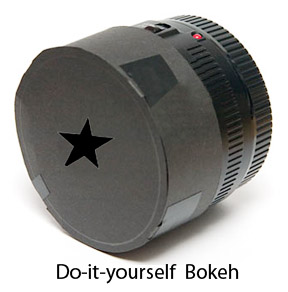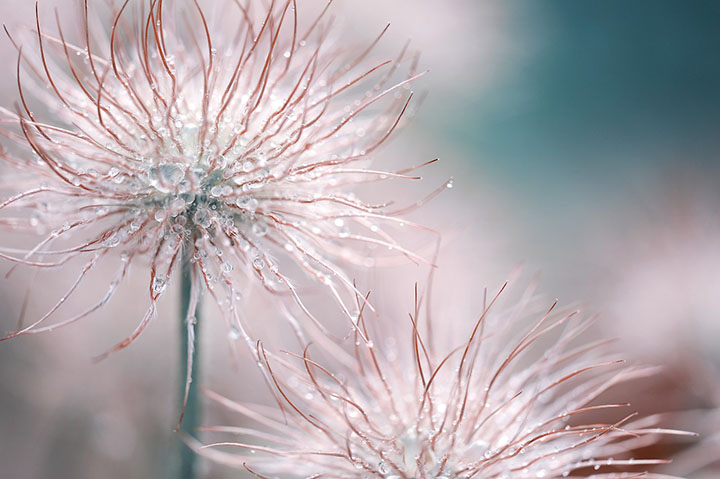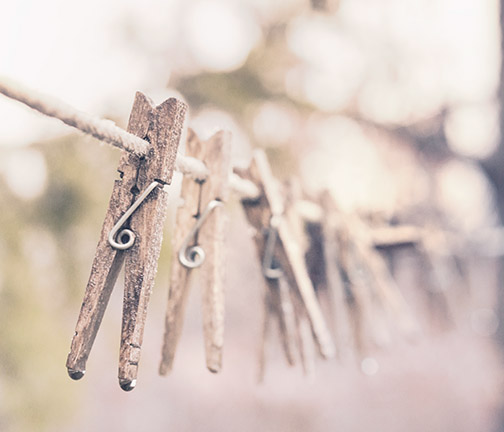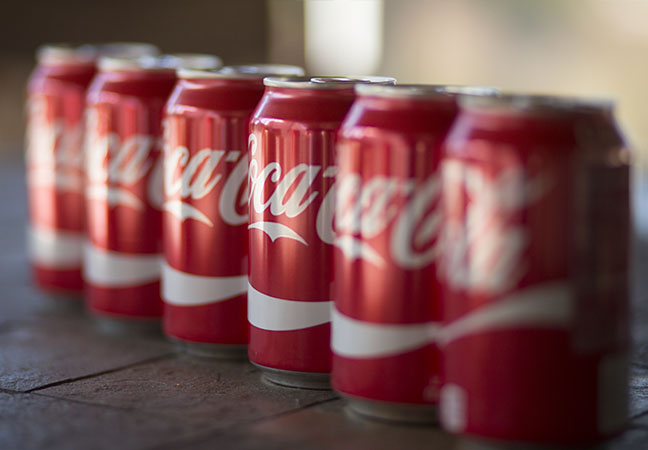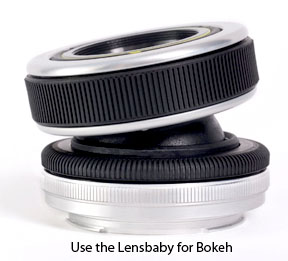HOW TO POSTS: LIGHTING AND COMPOSITION
what is bokeh?
WRITTEN BY: BRUCE LOVELACE
UPDATED: April 19, 2024
So, what is bokeh and why the heck should you care about the definition of bokeh? It has become one of the buzz words with portraits and photography in general. It can now be created with software-more on that in a minute.
The definition of bokeh comes from our Japanese friends and roughly means "blur" or "haze." Mike Johnston, the former editor of Photo Techniques Magazine is credited for giving us it's English spelling in the late 1990's.
Bokeh refers to the QUALITY of the out-of-focus parts of your photo-not the amount of blur.
Bokeh is the way a lens renders out-of-focus parts of your photograph, usually in the background behind your subject. Bokeh can be unappealing or pleasant. Sometimes people mistakenly talk about how much bokeh they want, but what they really mean is how much blur they want. Bokeh isn't about the blur itself. It’s about the quality of that blur and how it shows up.
Generally, if you get more blur in the background, your subject will stand out better. You can get more by using settings that give you narrow depth of field.
Check out the photo below. I know it's not an award winner, but stay with me here for a second. Backgrounds like this shingled roof in the photo below are generally unattractive. If a camera lens can give you good bokeh it makes the background less harsh and somewhat pleasing.
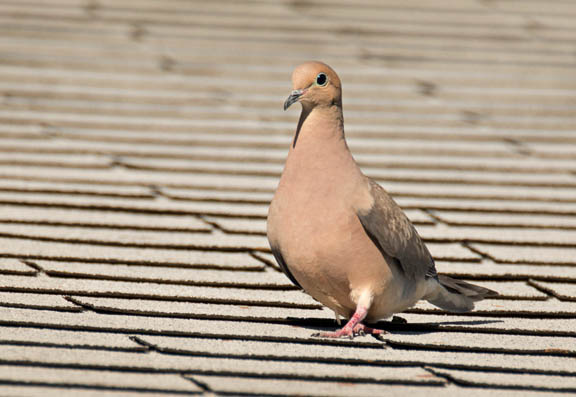 Example of Bokeh with a powerful telephoto zoom at f/8.
Example of Bokeh with a powerful telephoto zoom at f/8.Not an ideal background, but the blur quality is pretty good.
Longer telephoto lenses and wide open apertures will give you more shallow depth of field and can give you good bokeh, depending on the quality and arrangement of the lens elements and how the diaphragm is constructed. Here are some more examples of depth of field and links to shallow and deep depth of field posts.
Some lenses give you naturally good bokeh that is desirable while others produce blurring that is not very pleasant and can be distracting to your subject, called bad bokeh.
what is shaped bokeh?
You can also do some creative do-it-yourself bokeh effects using simple materials.
You can control the shape of the out of focus highlights in the background of your photo.
The bokeh lens device shown here, made with black paper would produce star-shaped highlights.
You cut out the desired shaped hole in the very middle of the paper and tape it to the front of your lens
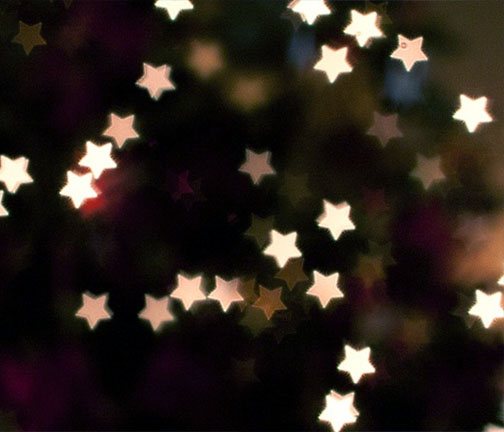 Star Shaped Bokeh
Star Shaped BokehThe shape of the diaphragm and the number of diaphragm blades in the lens affects the shape of the bokeh highlights.
Understanding what is bokeh and the different ways to control it can improve your ability to turn a good photo into a great photo. There are several factors that affect bokeh. In addition to how long a lens is (telephoto strength) and how wide it can open (maximum aperture), the third major factor in getting good bokeh and shallow depth of field is sensor size.
Very small sensors such as those in cell phones and compact point and shoot cameras give too large of a depth of field to get a very good Bokeh effect. Digital cameras with full-frame sensors will give you the shallowest depth of field and also the best Bokeh effect.
can you get bokeh with software
Yes, another way to get a somewhat artificial Bokeh effect is to add blur if you do your own photo editing. You can use software on your smart phone or on your computer. Gaussian blur is a filter that is commonly used in Photoshop, but there are several ways to get bokeh with Photoshop and Lightroom.
One advantage of Gaussian blur is you can change the amount and direction of the blur several different ways to see which you like the best on the same photograph.
You can also use "Portrait Mode" or "Bokeh Mode" or certain iPhones and smartphones. Additionally, there are free apps and paid apps that you can download to your phone for a few dollars.
examples of bokeh
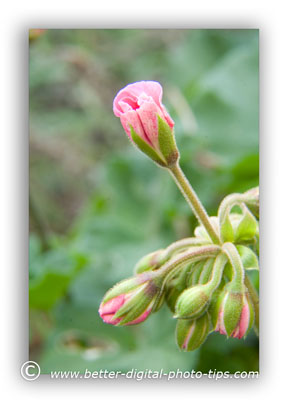
Here is an example of the kind of good bokeh you can get naturally with macro photography. The depth of field is so shallow that even things that are only a slight distance behind the subject are pleasantly out of focus. It depends on the design of the lens and a few other factors, but your bokeh will tend to be better the more out of focus the background is.
This is a photo of a budding Geranium. Close-ups of flowers are a good opportunity to get familiar with bokeh and get to study the effect of a blurry background on isolating your subject.
A good example of bad bokeh is produced when you use a mirror lens. Mirror lenses produce a ring-shaped highlight that is distracting as a background.
example of bad bokeh
The question arises then, what is bad bokeh. Bad bokeh is distracting, often with jagged edges, distinct shapes or irregular patterns.
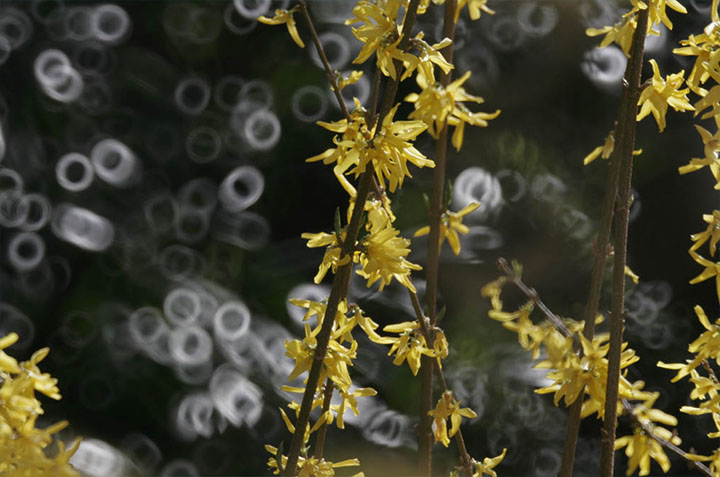 Ring shaped highlights from using a mirror lens
Ring shaped highlights from using a mirror lens(https://commons.wikimedia.org/wiki/File:Bad_Bokeh_Background.jpg)
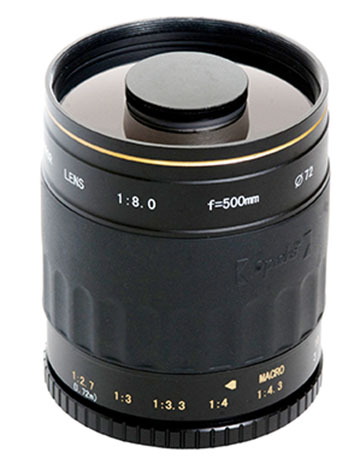 Mirror Lens = Bad Bokeh.
Mirror Lens = Bad Bokeh.Mirror lenses produce bokeh with ring shaped highlights because they have a mirror centered in the middle of the front of the lens.
It blocks the light from entering through the center of the lens and gives you a donut-shaped highlight.
They were popular back in the day because you're getting a lens with a powerful long focal length designed to fit in a small package and a cheap price.
example of good bokeh
You're probably wondering what good bokeh looks like. We'll take a look at an example of good bokeh,what it looks like and how to get it. When the subject is sharp and the background has an aesthetically pleasing, gentle, out-of-focus blur we say it's got good bokeh.
This close-up photo with the morning dew is a great example of good bokeh.
There is a very soft transition from white to blue in the background, with no distracting lines or shapes that illustrates the bokeh.
What creates bokeh
What creates bokeh? There are several factors. They include the maximum aperture you can use with the lens, the distances between the camera and subject and the background, the number of blades within the diaphragm of the lens, and the type of lens elements used in the construction of the lens.
You want to achieve a shallow depth of field with any points of light becoming soft circles in the background.
which lens gives the best bokeh?
So, you know you'd like to get that soft, creamy look of attractive bokeh in some of your photos to contrast with the sharpness of your subject. Now you want to know what's a good lens to use for getting nice bokeh.
Generally speaking, lenses that are fast, are prime lenses, and are telephoto, will give you the best bokeh. A fast lens is one that has a large aperture to achieve that shallow depth of field we talked about. Fast lenses have maximum aperture of f/4.0, f/2.8, or wider.
Good bokeh lenses also have a larger number of blades that make up its lens opening or its diaphragm.
Prime lenses are lenses that have a fixed focal length-they don't zoom. Longer telephoto lenses give you more of an out of focus background. Can you get good bokeh without using a fast prime telephoto lens? Yes, but using one of these lenses makes it easier.
Bokeh mode with cell phone cameras
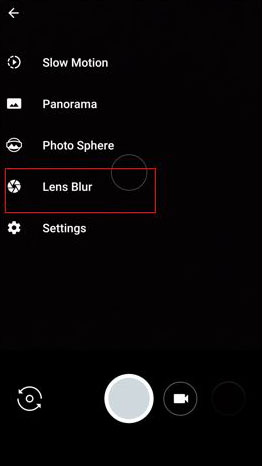
Rather than spend a ton of money on a pricey lens to get good bokeh, you now have an option of simulating the same effect as a lens by using software. Many of the newer smartphone cameras have built in filters that let you create a similar out of focus blur.
There are software apps for your phone as well as your desktop computer.
It's amazing technology for sure, but it's not exactly the same look. I recently saw it done on live TV too. It looked fake, but it created total separation of the athlete from the otherwise distracting background.
final thoughts - is bokeh good or bad
What's the bottom line? No matter how you produce it, Bokeh is subjective. The out of focus portion of your background will either enhance, detract, or have little effect on your main subject. It's your interpretation, as the creative photographer, that matters.
You may not like the contrived shaped bokeh techniques, or the look of bokeh from software, but someone else will.
Whether you experiment with different lenses and camera settings, you use a filter on your phone, or you use computer software afterwards, your understanding of what bokeh is and your awareness of good or bad bokeh, more than anything, will be what counts.
I hope this post was helpful. Use the search box below for other topics on this website or use one of the links below my signature.
Search for a new topic on this site:


ABOUT BRUCE LOVELACE
Bruce is the publisher of this website. He is the author of the book "Improve Your Photography Instantly." Read more on Bruce on his Bio Page. He's been known as The Traveling Photographer ever since 1994. Read more about this website.
View some of Bruce's photos on Instagram. Visit the Facebook Page. Watch him on YouTube. Bruce runs photo workshops for kids and adults, and provides one-on-one photography coaching.
Digital Photography Education Location on Google My Business
